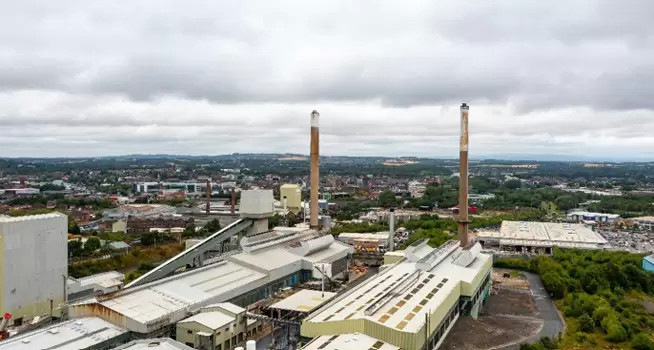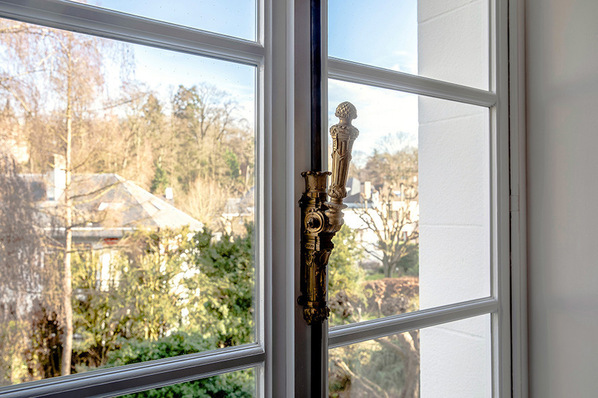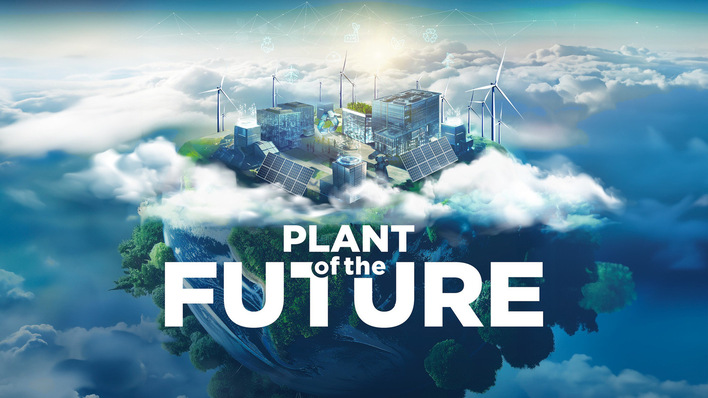"The Corona pandemic has cost us time, but we have used it effectively: We expanded our production facilities in Lodelinsart, Belgium, optimised logistical processes and installed the German-speaking sales organisation. Now we are ready to go," says Roland Skomda, Head of Sales and Customer Service for Fineoglass in the German-speaking countries.
The vacuum glass Fineo has already been available and in constant demand in Belgium and the Netherlands since September 2019, and is now starting to be sold in the German-speaking countries. In November, Fineoglass intends to present the vacuum glass to the public at the Leipzig "Denkmal" trade fair (5 to 7 November 2020), which focuses on historical restoration and the renovation of old buildings.
Thin structure creates attractive aesthetics
Fineo has the delicate aesthetics of single-pane glass, as it consists of two glass panes at least 3 millimetres in thickness, each with a highly insulating coating and separated from each other by a vacuum gap of only 0.1 millimetres. The vacuum IG units do not require an evacuation vent, which improves the aesthetics and keeps the technical values constant and makes it maintenance-free.
See also this article: Schüco and AGC Glass Europe come together for better vacuum insulating glass
With a Ug-value of 0.7 W/(m²K), Fineo insulates just as well in a standard configuration as triple glazing would. The glass constructed as a double IGU weighs a third less, which makes it suitable for more delicate window profiles and allows installation in historic buildings.
Compared to a conventional triple insulating glass with two low-E coatings, Fineo allows 15 per cent more daylight to pass into the room. The vacuum helps to improve sound insulation by three decibels (RW + Ctr according to EN 12758), even in the low-frequency range (e.g. traffic noise).

Fineoglass
Thanks to the narrow gap between the panes, there are no convection losses when installed horizontally or at an angle, which considerably improves living comfort and the energy balance. As Fineo does not have conventional seals, but the glass itself is fused together in an area of 5 mm around the edge, the vacuum is maintained basically for ever – unless the glass is physically damaged.
This also helps to conserve resources
Fineo is not only technically interesting, but is also impressive in terms of its positive environmental performance. Thanks to its thin structure, the glass generates 30 per cent more solar energy gains in the cold winter months than triple glazing with comparable insulating properties, which considerably reduces the heating requirement and is therefore very climate-friendly.
See also this article:
Laser-treated glass suitable for wireless communication
Furthermore, Fineo is free of pollutants and 100 percent recyclable. By the time the product will be presented to the public at the "Denkmal" trade fair in November, it will already have been awarded the strict "Cradle to Cradle" certification. This will make it easier for architects and planners to obtain ecological certification of buildings in accordance with environmental standards such as Leed and Breeam as well as allowing genuinely closed material cycles. Once established, these will help to conserve resources.













